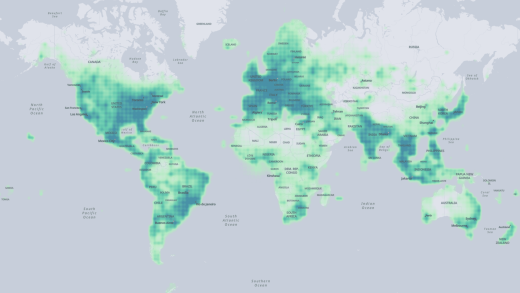A call for discussion issued by Chief Architect of the Java Platform Group at Oracle, Mark Reinhold, lays out a proposal for a new project, Project Leyden, that will address the long-term pain points of Java’s slow startup time, slow time to peak performance, and large footprint by introducing static images to the Java platform and JDK.
Static images in Java
Reinhold describes a static image as “a standalone program, derived from an application, which runs that application — and no other”, and as “a closed world: It cannot load classes from outside the image, nor can it spin new bytecodes at run time.” Static images are not for everyone, but for relevant use cases these constraints allow for build-time analyses that remove unused classes and identify class initializers that can be run at build time, which reduces both the size of the image and its startup time. The constraints also permit aggressive ahead-of-time compilation, greatly reducing the image’s time to peak performance.
Static images often necessitate manual configuration to get the most out of them, but for small embedded devices or cloud-based applications such as microservices, such patience will be rewarded with much-improved performance.
SEE ALSO: Java 15 news updates
Project Leyden
The new project will take inspiration from past efforts such as the GNU Compiler for Java and GraalVM’s native image feature. Reinhold wrote, “Leyden will add static images to the Java Platform Specification, and we expect that GraalVM will evolve to implement that Specification. Developers who use only the standard, specified static-image feature will then be able to switch with ease between Leyden (in the JDK), Native Image (in GraalVM), and whatever other conforming implementations may arise, choosing amongst tradeoffs of compile time, startup time, and image size.”
On Twitter, Reinhold has expressed his enthusiasm about the GraalVM team contributing to Project Leyden.
I look forward to contributions from you and other members of the #GraalVM team! #leyden #openjdk #java https://t.co/OraYn6GtQB
— Mark Reinhold (@mreinhold) April 28, 2020
The intention is not, however, to implement Leyden by merging GraalVM’s native image code into the JDK. Instead, Leyden will be built upon existing JDK components such as the HotSpot JVM, the jaotc AOT compiler, application class-data sharing, and the jlink linking tool.
SEE ALSO: JEP 376: ZGC – Concurrent Thread-Stack Processing
Since the proposal’s publication on Monday April 27th, the initial feedback has been quite positive, although some have brought up that it might be difficult to implement static images in the Java Platform Specification.
Project Leyden will be delivered as a series of JEPs that will span multiple Java versions.
The post Project Leyden to bring static images to the Java platform and JDK appeared first on JAXenter.
Source : JAXenter


















